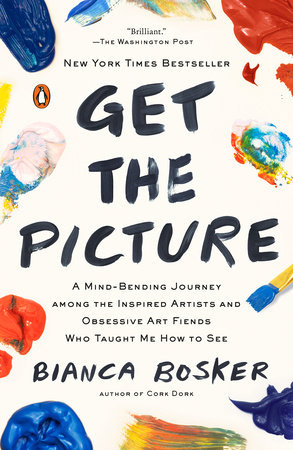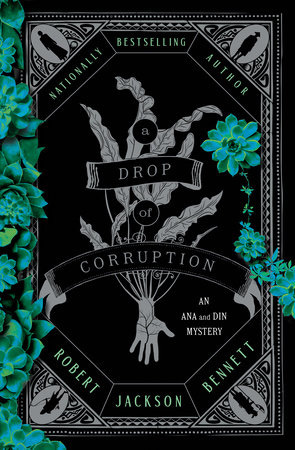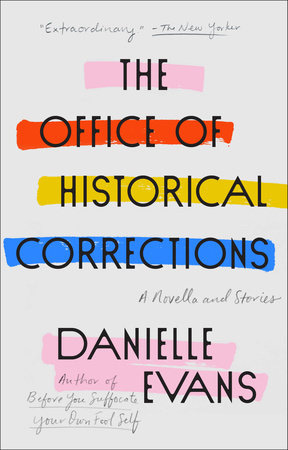Get the Picture, by Bianca Bosker
I don’t know anything about contemporary art, which is why I picked up this deep dive by the author of “Cork Dork.” Bosker, who studied art when she was young before pivoting to econ in college, becomes “obsessed with understanding why art matters, if it does, and whether quality time with a few smears of colored rock on stretched cloth — a ‘painting’ as it’s more commonly known — can really transform our existence.” She’s an engaging, lively writer, and the small, weird, paranoid world she “cannonballed” into makes for great material. Bosker uses her stints in art galleries, as a studio assistant and as a security guard at the Guggenheim as a framework for exploring what art is, and why we should pay attention to it. There are lots of ideas here that are applicable to culture in general; among my favorites is “New tastes create a new self.”
A Drop of Corruption, by Robert Jackson Bennett
I try to avoid highlighting a lot of sequels, but this fantasy/mystery (fantery? mystasy?) is just so good I can’t resist. It’s a return to the Holmes/Watson-esque duo of Ana Dolabra and Dinios Kol, two investigators employed by the Empire of Khanum. In their first adventure together, they solved a grotesque murder-by-tree; here they are sent to the small kingdom of Yarrow to figure out what happened to an Imperial Treasury official who came to town and disappeared from his seemingly impenetrable lodgings. His remains were found days later. Looming over the investigation is the pending handover of Yarrow — which is responsible for harvesting the powerful blood of dangerous leviathans in a secure offshore location — to the Empire. The world-building in this series is so excellent and the characters so intriguing that it’s worth a try even if you aren’t a die-hard fantasy reader.
The Office of Historical Corrections, by Danielle Evans
I don’t know how I missed this when it was published in 2020, but I am supremely glad to have found it now. Evans’ novella and short stories are, as she told the NYT, “thematically about apologies, or corrections, or trying to make things right.” And they pack a wallop. In the story “Boys Go to Jupiter,” a college student named Claire wears a bikini with a Confederate flag pattern in a photo posted to Facebook during spring break in Florida. She returns to her college campus, and to an uproar that spills into real life from online, and she responds to it all….not well. Her back story gives her depth, but not excuses. The title novella follows Cassie, a former academic who now works at the (fictional) government organization called the Institute for Public History, which corrects historical errors wherever its agents find them. She travels to a small town in Wisconsin to investigate whether a Black man was really killed years ago when white townspeople burned down his business. On her heels is Genevieve, a childhood companion and rival, who’s become obsessed with correcting any inaccuracies in the story, even the ones that no one wants surfaced. The ending is an absolute gut punch that I am still thinking about.





